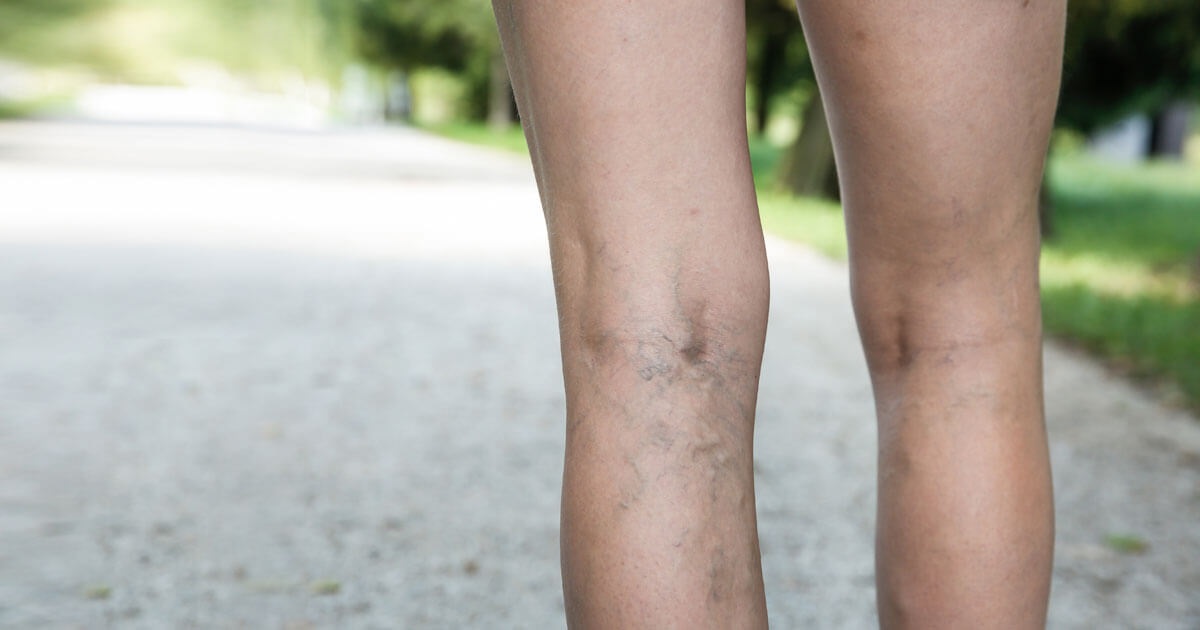
Things to know about Spider veins and varicose veins
Spider veins might be red, purple, or blue. They could show up as fine lines, webs, or branches. They are also sometimes referred to as thread veins. Usually, they don’t hurt or injure you, but some people might want to treat them for aesthetic purposes. Also see Best skin care clinic in Bangalore
There are numerous treatments that can minimize the appearance of spider veins.
The causes of spider veins, how they differ from varicose veins, and the various treatments will be explained in this article.
Spider veins
Spider veins can develop in the legs when the veins’ valves stop functioning properly.
The function of the veins is to bring Blood flow back to the heart. They have a one-way valve to prevent blood from going backward, which closes as the blood passes through it.
The blood may have trouble flowing in the right direction and can begin to pool inside the vein if this valve becomes weak or is damaged. Spider veins may develop a swelling in the vein’s branching out over time.
Tiny blood vessels frequently burst, resulting in spider veins on the face. This condition can occur due to elevated pressure or UV damage.
Varicose veins
Venous insufficiency is a medical condition that has various forms, including varicose and spider veins. Both disorders are brought on by weak or broken valves in the legs’ veins, dealing with two different problems.
Small, thin lines are the usual form of spider veins. Frequently, they are red, blue, or purple. Despite the possibility of minor discomfort, they are mostly painless.
In comparison to spider veins, varicose veins seem deeper and bigger. They could seem twisted or bumpy.
Major symptoms:
- Discomfort
- Itching
- A sore or heavy feeling in the legs
- Bleeding or swelling of the legs or ankles
- Blood clots and circulation issues.
Treatment
Spider veins can be undesirable despite being typically harmless, but some people might also choose to treat or get rid of them.
A person can explore a variety of therapy methods, including:
Sock compression
The compression sock compresses the leg veins. This pressure may enhance blood flow and stop the development of new varicose or spider veins.
Additionally, it reduces the danger of blood clots and helps to reduce leg swelling.
Compression stocking varieties include:
- Support pantyhose
- Gradient compression socks
- prescription compression stockings
Sclerotherapy
An irritant is injected into the afflicted vein to aid in the veins’ constriction and prevent blood from entering the area.
This technique has the potential to minimize inflammation and shrink the vein. Several treatments might be necessary to achieve the expected outcomes.
Closure system
The treatment involves injecting a medication into the harmed veins. This sticky chemical blocks the vein blood supply, enabling the spider vein to diminish or vanish.
Laser therapy
The spider vein clots and dries up with the help of the laser’s effective concentrated light beam.
Lasers are less intrusive in comparison to sclerotherapy and closure systems, as they are often less successful.
